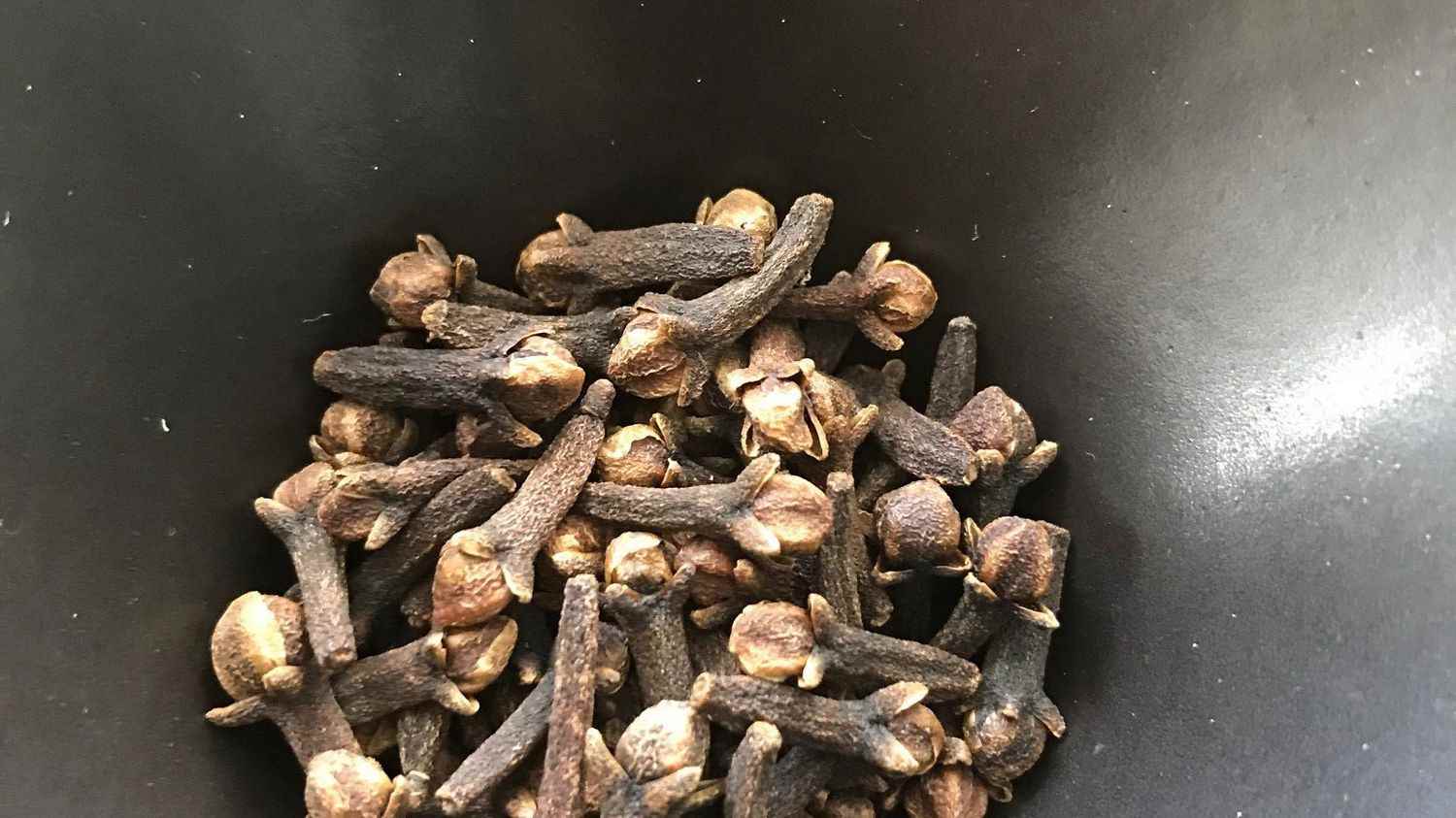This royal ship has lain at the bottom of the Baltic since the Middle Ages. Its wreckage was found in 1960. But excavation campaigns continue.
Article written by
Published
Reading time : 1 min.
Swedish archaeologists from the University of Lund have just published a list of foods found at the bottom of the water in an exceptional state of preservation: these are dried fruits, (raspberries, grapes) pepper, mustard, ginger, cucumber, saffron, almonds, hazelnuts, cloves, a total of 40 species of spices and fruits have been listed. These foods were fossilized in the sediments, but their form remained mostly intact. The researchers report that even after 527 years under water, the saffron is so well preserved that it still has its characteristic aroma.
The Baltic Sea is known to be an excellent place for preserving wrecks, due to the cool water temperature around 9°C on average, but also its low salinity. These two factors prevent the spread of a marine worm that normally attacks the wood of boats. In addition, certain algae that settle on the wreck can decompose and deplete certain areas of oxygen, and this environment contributes to the good preservation of underwater remains.
An unprecedented archaeological discovery
This is the first time that such a plant treasure dating from the Middle Ages has been found. So far only a few rare accounts mention the consumption of these foods, but there was no archaeological evidence.
These very expensive foodstuffs were of course reserved for an elite. It is surprising to find them all together in a ship’s cargo. But the historical context enlightens us: this boat was that of King Hans 1st of Denmark. When it sank in 1495 following a fire, the ship was en route to Sweden. Hans 1st then wanted to re-establish a union with this neighboring country. And also make a demonstration of power. Hence this lavish loading. It should be noted, however, that King Hans did not sink with his boat: he was stopping ashore at the time of the fire.
